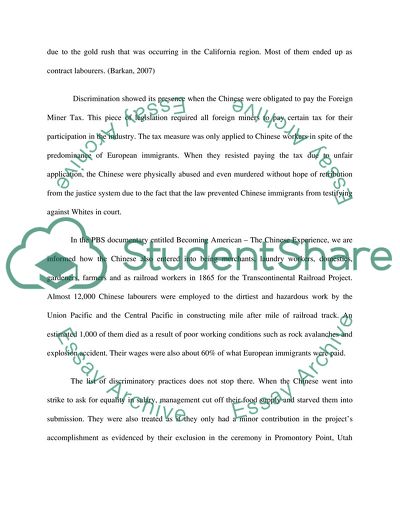Cite this document
(The Asian American Experience Essay Example | Topics and Well Written Essays - 1500 words, n.d.)
The Asian American Experience Essay Example | Topics and Well Written Essays - 1500 words. Retrieved from https://studentshare.org/social-science/1712610-critical-essay
The Asian American Experience Essay Example | Topics and Well Written Essays - 1500 words. Retrieved from https://studentshare.org/social-science/1712610-critical-essay
(The Asian American Experience Essay Example | Topics and Well Written Essays - 1500 Words)
The Asian American Experience Essay Example | Topics and Well Written Essays - 1500 Words. https://studentshare.org/social-science/1712610-critical-essay.
The Asian American Experience Essay Example | Topics and Well Written Essays - 1500 Words. https://studentshare.org/social-science/1712610-critical-essay.
“The Asian American Experience Essay Example | Topics and Well Written Essays - 1500 Words”, n.d. https://studentshare.org/social-science/1712610-critical-essay.


